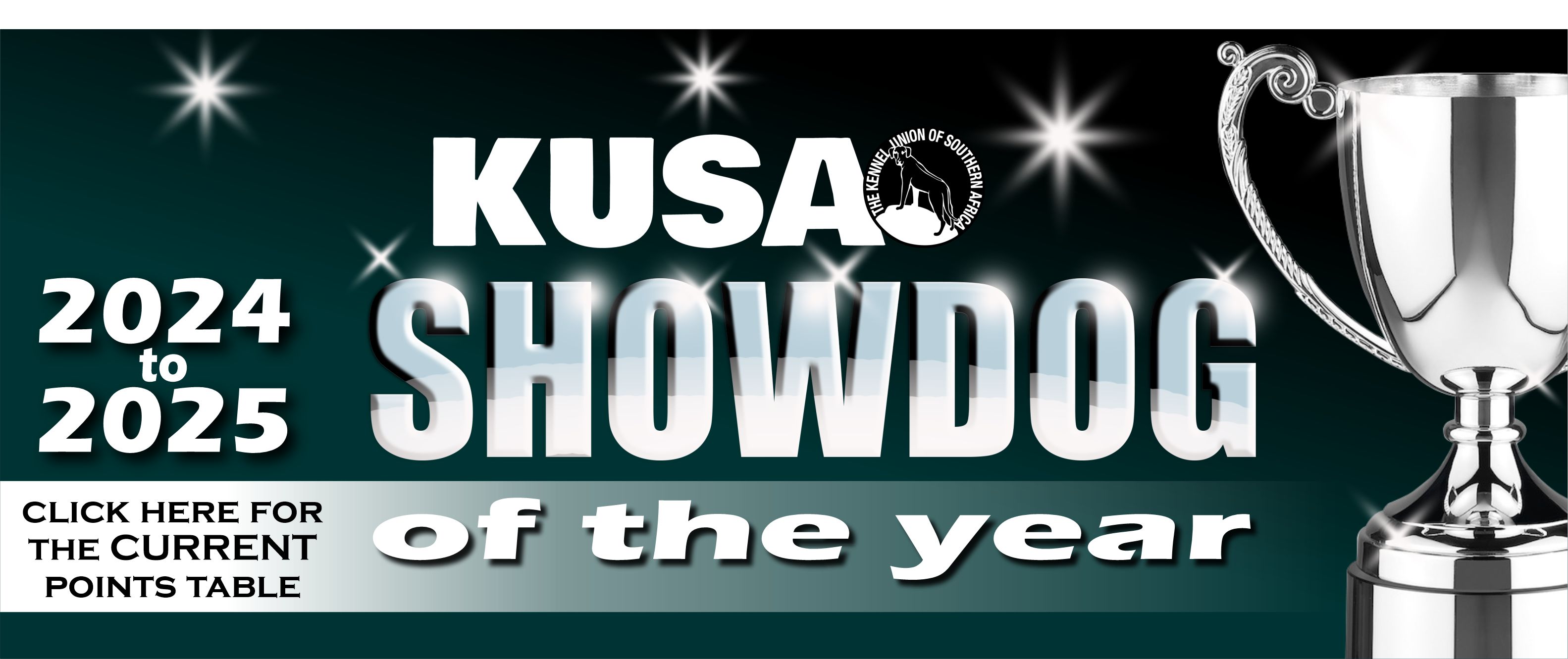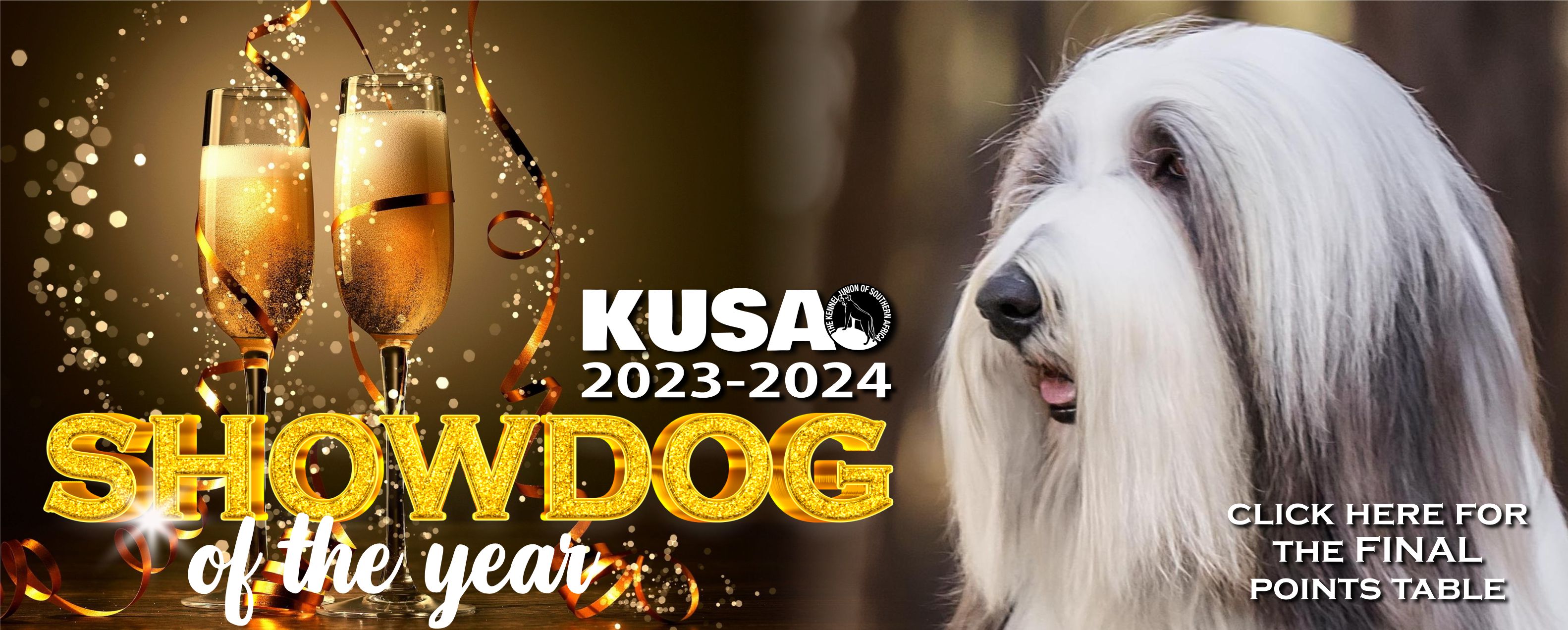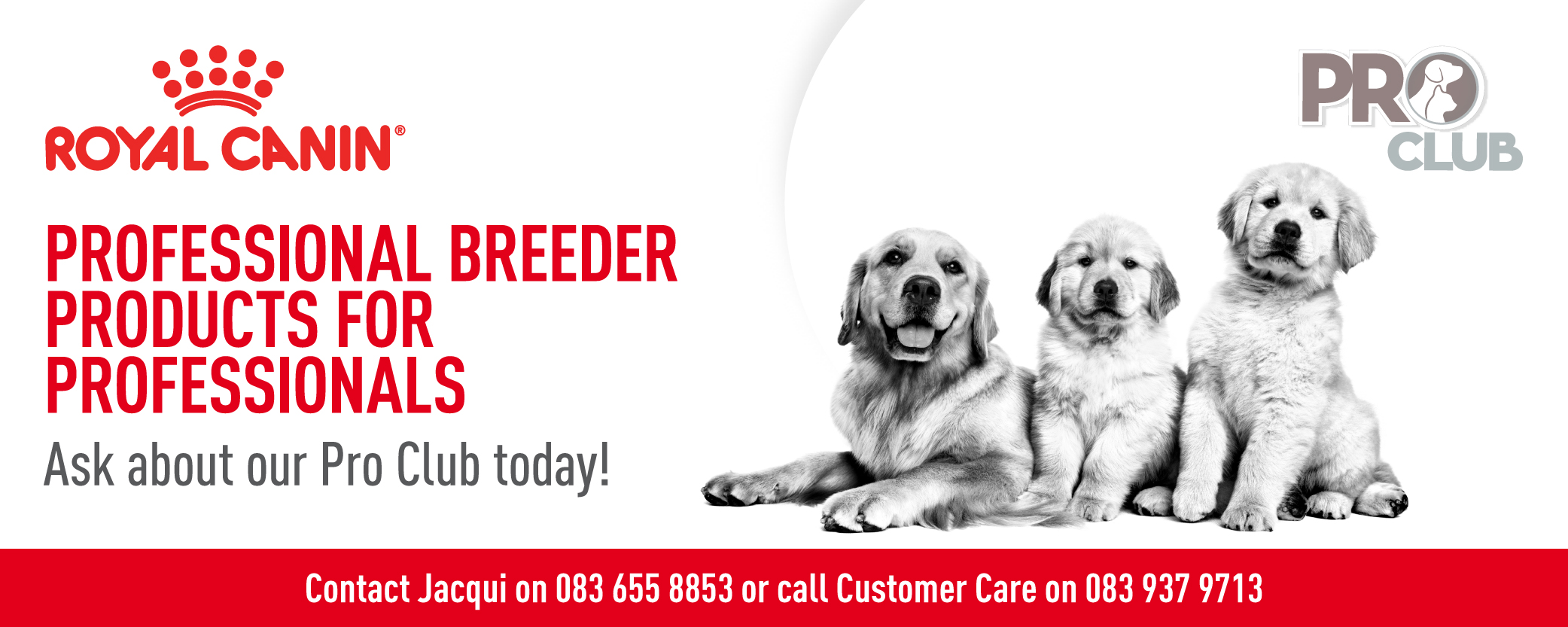Schedule 05F(9.1.11) – Regulations for Bullmastiff Character and Breed Assessments
 KENNEL UNION OF SOUTHERN AFRICA REGULATIONS
KENNEL UNION OF SOUTHERN AFRICA REGULATIONS 
FOR BULLMASTIFF CHARACTER AND BREED ASSESSMENTS
SCHEDULE 5(F), Regulation 9.1.11
Contents
1. Purpose of the Character and Breed Assessment (CBA)
2. Initial Requirements for the Qualification of the Title CBA
3. Further Recommendations for the CBA Title
4. Deferred Qualification
5. Character and Breed Assessment (CBA) Dates
6. Judges – Character and Breed Assessment (CBA)
7. Forms/History to be presented at the Assessment
8. The Organising Club’s Responsibilities
9. Other Requirements for Entry
10. Conducting the Assessment – Breed Portion
11. Conducting the Assessment – Character Portion
12. Other
13. Conclusion
1. PURPOSE OF THE CHARACTER AND BREED ASSESSMENT.
To promote uniformity in the breeding of Bullmastiffs with special emphasis on the temperament and characteristics of the dog and to establish a healthy gene pool in which the use of dogs with serious deviations both in their breed conformity and their character have been identified for the breeder and can thus be possibly eliminated from breeding programmes.
2. INITIAL REQUIREMENTS FOR THE QUALIFICATION OF THE TITLE CBA
In order to qualify dogs must meet the overall requirements called for in the Bullmastiff Breed Standard as published by KUSA and as accepted by KUSA and the affiliated Bullmastiff Clubs.
a. The dog must be identified by a KUSA approved method: tattoo / microchip or DNA
b. At the time of presentation for the CBA the dog must be at least 18 months of age. This would coincide with the requirement for HD and ED certification.
c. Only dogs of eighteen months & up to seven (7) years (veteran status) of age may participate.
d. The dog must be in a healthy condition.
3. FURTHER RECOMMENDATIONS FOR THE CBA TITLE
a. In order to receive the CBA Certification both portions of the test must be passed.
b. Bullmastiffs which have been found to have serious deviations from the Breed Standard by one Assessor may be presented once again to another Assessor with reference to the Character portion with only two presentations in total.
c. Clubs to refer to KUSA Schedule 3 Reg 42.8.3.
d. Preparation of the dog prior to the test is the owner’s prerogative.
4. DEFERRED QUALIFICATION
a. Bullmastiffs that fail the Character Assessment portion may be presented again for a repeat assessment after a minimum period of six (6) months after which they may not be presented again.
5. CHARACTER AND BREED ASSESSMENT DATES
a. The Bullmastiff Clubs intending to hold a CBA must publish schedules thereof indicating times, dates and venues, at least one month before these events. A special licence from KUSA would have to be obtained. ( If this happens within the same week as a Club’s annual Bullmastiff Specialist Show the event will be covered by the same Show licence)
6. JUDGES - CHARACTER AND BREED ASSESSMENT
a. Applications for a Character and Breed Assessment are to be accepted by the specialist Bullmastiff Clubs which present these assessments from time to time. The Clubs should submit the names of their Breed and if applicable Character Assessor(s) to the KUSA, to confirm that they are suitably qualified.
b. The CBA must be undertaken by a KUSA approved and appointed Breed Assessor. In the case of a survey to be performed on Bullmastiff dogs the Breed Assessor must be a KUSA qualified Working Breeds Judge who is qualified to judge at Championship level and who therefore has a KUSA licence to Judge Bullmastiffs and who has preferably under gone training in a Character Assessment Clinic presented by a KUSA qualified Character and Breed Assessor and been accredited by KUSA. (Dual qualified)
c. The Character portion of the assessment can be conducted by e.g. a Rottweiler Breed Council approved specialist who is qualified to do Character assessments or a Boerboel approved Assessor who is approved to do Character assessments, that is, if no Bullmastiff / Working Breeds Judge is available to proceed with both requirements.
d. Should the Assessor in question not conform to the aforementioned s/he may officiate, with the proviso that s/he be assisted by another KUSA approved and appointed assessor. As the characters of Working breeds have similarities, a legitimate & KUSA licensed Breed Assessor may assist during this portion of the assessment, but not with the Breed portion.
e. It is expected that once more Bullmastiff Judges conform to both qualifications then the need for assistance by non Bullmastiff judges will become unnecessary.
f. The decisions made by the CBA assessor(s) are final. Details will be entered onto a KUSA approved Bullmastiff score sheet.
7. FORMS / HISTORY TO BE PRESENTED AT THE ASSESSMENT
a. A KUSA Certification of Registration.
b. HD and ED evaluations which will pertain to the breeding recommendations.
c. Tattoo or microchip certification or other valid proof of identification to be checked on site.
d. Any KUSA accepted veterinarian reports for the attention of the Assessor who will have the authority to either accept or reject the dog for assessment with reference to the veterinarian’s documentation.
8. THE ORGANIZING CLUB’S RESPONSIBILITIES
a. The Club is responsible for ensuring that a KUSA registered Assessor and if required, a Character Assessor as noted in P6 is available.
b. The Club is further responsible to employ the services of a ‘helper’ who need not be KUSA qualified and licensed (as there is no contact with the dog) but who is currently active in the training of protection work at a KUSA affiliated Club or who is a qualified IPO helper, and in either case should have the equipment as noted in 8g below as required for the work..
c. The organizing club needs to ensure that the amount of dogs to be tested is acceptable to the Assessor. Time slots should be allocated to avoid any congestion.
d. To provide KUSA approved Character and Breed Assessment score sheets.
e. CBA Certificates are to be ordered from KUSA by the Clubs themselves. The layout and wording are to be checked before printing and issue. Each Club will be responsible for their own documentation.
f. A suitable area or club training ground with a firm surface such as a lawn spacious enough to be able to adequately evaluate with out interference, a single dog in a stack position and in motion with a lead.
g. During the event the following equipment must be available:
i. A protection sleeve and stick, suit, hide and starting pistol or handgun (as approved by KUSA for Working Trials).
ii. A large table, chairs, gazebo and recording equipment for the recording officials.
iii. Veterinarian on call.
iv. A micro chip scanner for identifying the dogs.
h. An electricity connection is necessary for the computer and printing data if managed electronically.
i. Toilet facilities.
j. An approved measuring stick and tape measure. The judge shall be the deciding instance with regard to the correctness of the instrument.
k. A weight scale of correct size & recording
l. The KUSA Bullmastiff Breed Standard for reference if needed.
9. OTHER REQUIREMENTS FOR ENTRY
a. Clarification of the minimum age for entry – 18 months.
b. Adherence to all KUSA rules & schedules.
c. The conducting Club should ensure that all visitors/ spectators be kept to an absolute minimum to avoid disturbance & distraction and must definitely remain out of the Test Area.
10. CONDUCTING THE ASSESSMENT - BREED PORTION
All the dogs should be evaluated in the same manner: a calm, natural composure both in stack and in movement and to allow strange hands to examine them which also includes the mouth, teeth and testicles.
The Assessor(s) are expected to evaluate the construction of the dog whilst in the stack position and embrace the overall picture and proportions, balance, expression and sex characteristics as well as the apparent size of the dog.
a. The dog would have already been measured at the withers with a depth of chest, chest girth, head and neck circumference and back / back line length (from the tips of the scapulae to the set on of tail), having been marked on the Assessment Sheet along with the dental evaluation and the 1/3rd to 2/3rd requirement of the muzzle to the head along with the jaw and muzzle development.
b. Bone mass, substance, muscle placement, skin and coat colour and appropriate markings.
c. The skull shape and size and proportion to the muzzle and to the body.
d. Withers, back, backline, loin, croup, fore chest and brisket, ribs, underline, sex organs, front and hind angulations, tail length and position, angulations of the stifles and hocks, feet and pasterns.
e. The gait of the dog both at a walk and at a trot noting the front and rear drive, the harmonious movement and powerful drive with no gait impediments.
11. CONDUCTING THE ASSESSMENT - CHARACTER PORTION
This is a critical portion of the test and dogs that display faulty temperaments may be excluded from further assessment.
The first exercise is to determine the self- confidence of the dog and its attachment and confidence in its owner.
a. The following happens: 6 unknown people from out of the Test Area are selected and form up in a circle through which the handler and dog must weave.
b. Once completed the dog and handler stand in the centre of the circle and the group then moves in slowly to crowd the dog. This is done on command of the Assessor. They then move out again and reform their circle.
c. Providing the dog has shown no adverse reactions they then move in quickly to crowd the dog and re- apply pressure to the dog. The stance is held for a moment and then the crowd moves outward once again.
d. If the dog is unperturbed by these actions then the test proceeds to the next portion.
Further evaluation of the temperament:
i. The handler will walk his dog to a pre – determined spot approximately twenty metres from an established hiding place.
The handler will be required to remain stationary and will allow the dog freedom of movement to the extent of the lead. On the Assessor’s signal, a ‘helper’ clad in a protective suit and arm guard and armed with a stick will emerge from a hide and challenge the handler. After allowing re-action time for the dog, the ‘helper’ will run diagonally across and stop in a position approximately ten metres away from the handler and challenge again. The ‘helper’ will then continue directly towards the handler and dog in a confrontational manner to a distance of five metres, or when the Assessor instructs the ‘helper’ to stop the threat. At no time must the ‘helper’ and dog make contact.
At a signal from the Assessor, the ‘helper’ then returns to the hiding place. He will strip out of his protective gear and reappear in his regular apparel and in a friendly manner stroll up to the handler whom he will then greet. He will also greet the dog who would have been turned away from the ‘helper’ during the ‘helper’s’ entry and exit from the hide.
The Assessor takes note of the extent to which the dog has regained his composure.
The dog must not attempt to flee or show signs of fear, nervousness or retained aggression. A lack of reaction need not be penalised if the dog is clearly not fearful. However obvious fear such as the tail tucked in is undesirable. The dog’s reaction to this situation / exercise is recorded on the Assessment form by the Assessor. In the case of a dog which is training for any guard and defence work, the handler must indicate this before the start of the exercise and the dog should not be penalised for a normal alert reaction.
ii. The dog being tested will now be walked down the field to a determined spot and midway will pass another dog on its way up the field. (A ‘test dog’) There will be a set distance of 2 m between the two dogs and both will be under control of their handler.
The ‘test dog’ should remain the same throughout for all the Bullmastiffs put through the test.
The aim is to determine dog to dog compatibility or aggressiveness within a confined area.
e. The final test is the gun sureness test to determine the dog’s stability & flight reaction.
a. Two shots will be fired from a distance of a least thirty paces from the dog at five (5) second intervals while the dog and handler are moving away from the Assessor.
b. The Assessor may decide to repeat the test from a different direction or depending on the dog’s reaction eliminates it from the test and /or have it deferred to another date.
12. OTHER
It is understood that the CBA procedures as contained in this document may be subjected to adjustments from time to time and that should such requirements arise, proposals for such be presented for consideration and approval by KUSA.
The participating Clubs must liaise every two years to re-evaluate this Schedule with the intention to improve it.
13. CONCLUSION
The original CBA report must be made available to the owner of the dog within 30 days. The Club keeps a copy and another copy is forwarded to the Provincial Council within 10 days of the survey along with
a. the list of participating dogs and
b. Copies of the CBA certificate.
c. The relevant KUSA pedigrees.
© The Kennel Union of Southern Africa.
All rights reserved. No part of this publication may be reproduced, stored in a retrieval system or transmitted in any form or by any means, electronic, mechanical, photocopying, recording or otherwise without permission in writing from the publisher.
ISBN 0-9584208-1-5
Fedco 12-2014/NP/Effective 02.04.2015
Most recent changes to this Schedule has an effective date of 02.04.2015





